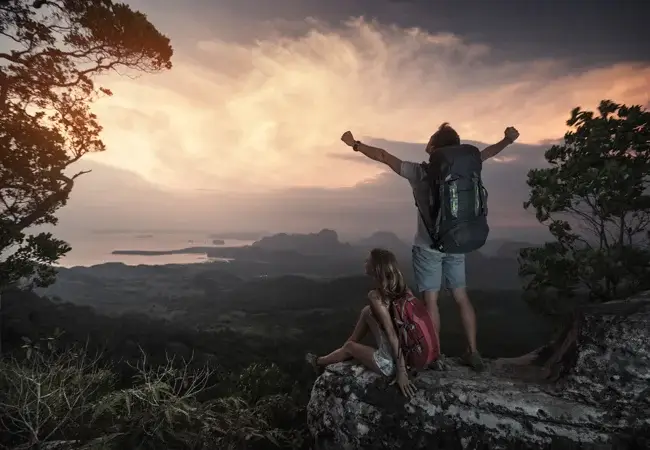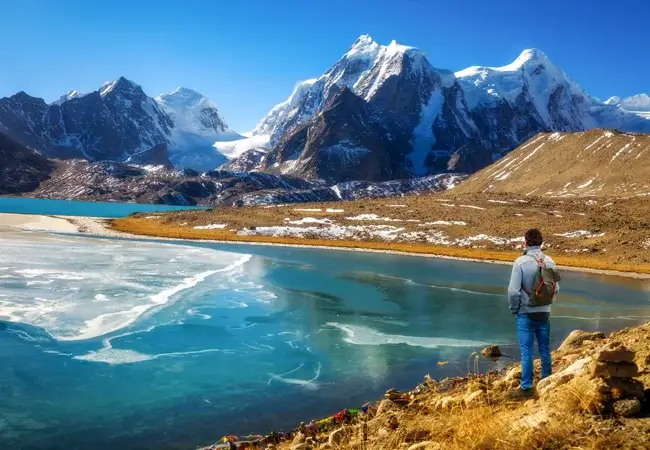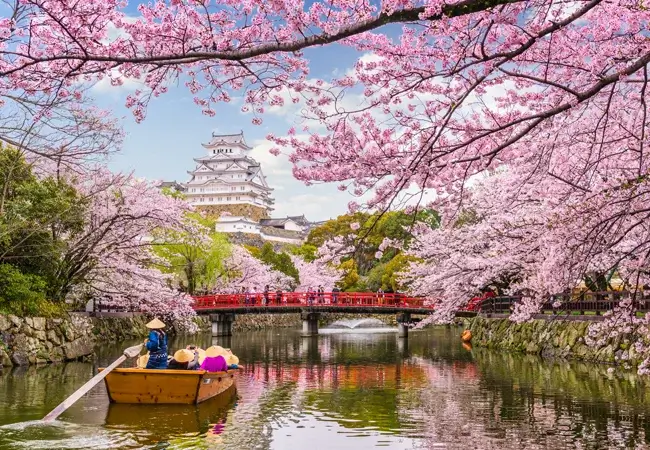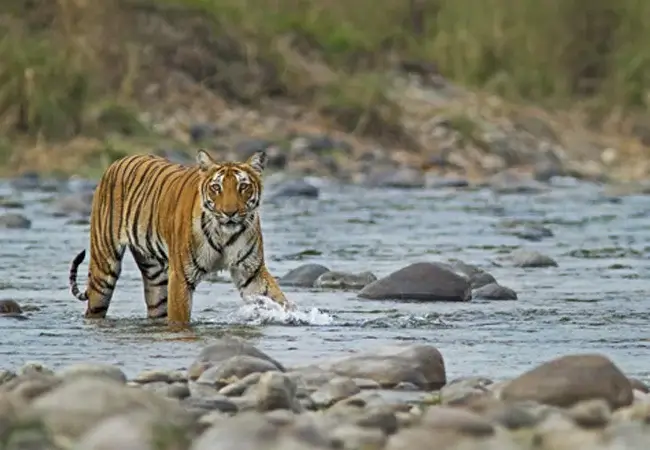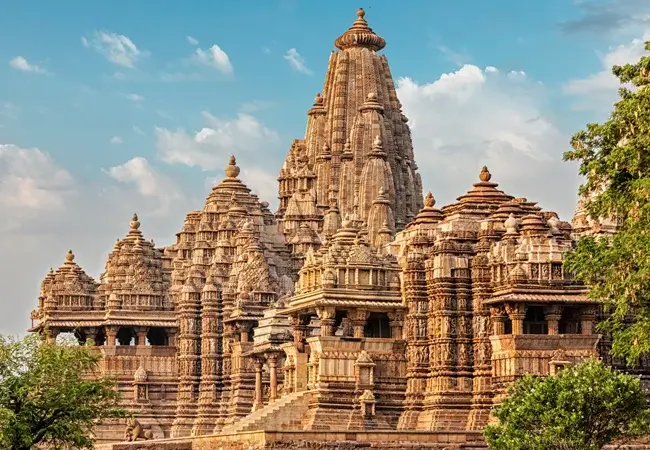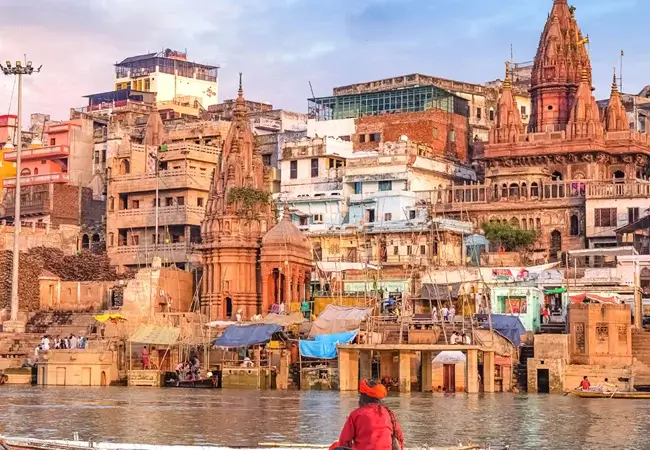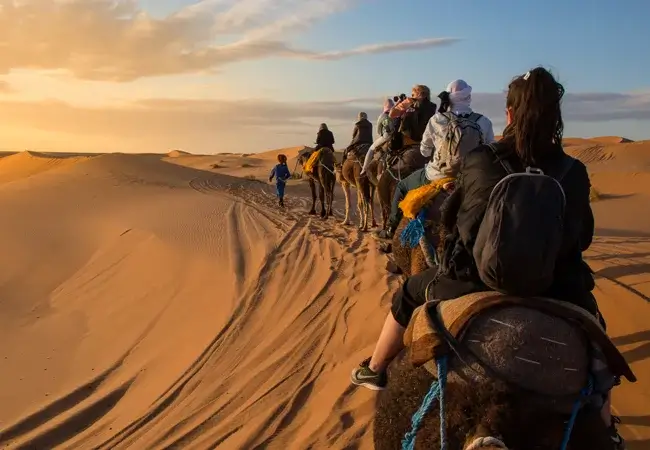The people of Bengal are known to be foodies. Hence, they also prepare some amazing cuisines that can relish our taste buds and compel our brains to quickly release happy hormones. If you are planning a family trip and want to take your family to a place where they will feel the most alive, then West Bengal is the perfect place for you.
West Bengal occupies the eastern portion of the country, along the Bay of Bengal. Since approximately 91 million people inhabit this region, it holds the record of being the fourth-most populous state and the thirteenth-largest state in terms of area. It shares its borders with Bangladesh in the east, Nepal, and Bhutan in the north, and also with Odisha, Jharkhand, Bihar, Sikkim, and Assam.
Its capital city Kolkata is the third-largest metropolis which is also known to be the “City of Joy”. West Bengal is home to the Darjeeling Himalayan Region and the coastal Sunderbans along with the Bay of Bengal as well. This state’s history backs to a succession of Indian empires and a scuffle between Hinduism and Buddhism in the desire for dominating the region. Earlier, Bengal was considered to be the site of several major Janapadas and also part of several ancient pan-Indian empires such as the Vangas, Mauryans as well as Guptas. When this region was under the rule of the Bengal sultanate, it used to be a major trading nation in the World and the Europeans termed it the “richest country to trade/deal with”. However, after India attained independence, this state’s economy is now largely dependent on agricultural production and small/medium-sized enterprises.
It is a small town that occupies a part of the Darjeeling district of the state. The name Mirik means “place burnt by fire” in the Lepcha language. It is a picturesque spot with jaw-dropping views and the serene hills of Darjeeling. The main center attraction of this place is the Samendu Lake which remains surrounded by a garden on one side and pine trees on the other. These sides are linked by a footbridge known as Indreni Pull (rainbow bridge). One can also enjoy the view of Kanchenjunga from here along with boating on the quaint shikaras, accompanied by pony riding.
The culture of Mirik is also quite rich and it tells stories about the people of the place and their beliefs and traditions. The people of Mirik have a unique and glorious way of celebrating their festivals. Recently, the tourism of Mirik has also developed significantly and they are also quite hospitable towards their tourists.

Also known as Samendu Lake, it is the center of attraction for tourists where they like to spend most of their time. The Lake is spread across an area of 1.25 km and remains surrounded by several exotic trees, be it chestnut, oak, or maple. Moreover, adventure freak tourists can also try out water-sport activities such as boating and horse riding.
Bokar Ngedon Chokhor Ling Monastery is one of the most popular Monasteries of Mirik which is considered to be highly auspicious for the people who follow Buddhism. Moreover, this Monastery houses more than 500 monks who are deeply involved with the teaching of Shakyamuni Buddha.
It is a town located at an average elevation of approximately 1,250 m and is quite famous for its educational institutions. Out of the educational institutions present in Kalimpong, the majority of these were established during the British colonial period. Earlier, people used this town as the gateway between Tibet and India. It is an ideal tourist place due to its extremely pleasant and soothing weather as well as its natural environment.
The flower market of Kalimpong is famous across the state for its wide collection of orchid species, and nurseries comprising Himalayan-grown flower bulbs, tubers, and rhizomes that significantly contribute to the economy of Kalimpong. Tourists who are attracted to scientific objects can visit the Kalimpong Science Centre which was established under the supervision of Darjeeling Gorkha Hill Council in the year 2008.

It is a popular hill station in West Bengal that occupies the northern portion of West Bengal. Darjeeling is known to be home to the World’s third highest mountain- Kangchenjunga which remains only during clear sky days. It was considered to be the summer capital of British officials who loved spending their summer vacation in Darjeeling during the early 19th century. Moreover, the British officials also experimented with growing tea gardens in this area by recruiting thousands of laborers from Nepal to clear the forests so that tea can be grown. They were also successful in their experiment and today, Darjeeling is famous for its tea. But, it has its own side effects because deforestation led to the displacement of many indigenous people.

The staple food of the people of West Bengal is rice and fish which makes the people of Bengal say “machhe bhate bangali” which means “a Bengali is incomplete without rice and fish”. Interestingly, there are multiple ways of preparing fish in West Bengal which mainly depend on the texture, size, and amount of fish present along with the mood of the cook. The people of the state also consume eggs, chicken, mutton as well as shrimp and also prepare an amazing dish using shrimp called “Daab chingri” which is prepared using shrimp and coconut water.
Bengali people are also incomplete without sweets. Thus, if you want to try out different types of sweets that can give you some extra calories but release lots of happy hormones, then you are most welcome in West Bengal. Some of the most popular sweets that tourists cannot afford to miss during their trip to this state are Roshogolla, Chomchom, Kalojam, and different types of sondesh.

The best time to visit West Bengal is from October to mid-April because, during this period, the weather remains pleasant. However, there can be huge temperature differences between coastal Kolkata and the Himalayas. Thus, tourists should enquire about the temperature before travelling to the Himalayas from coastal regions.




